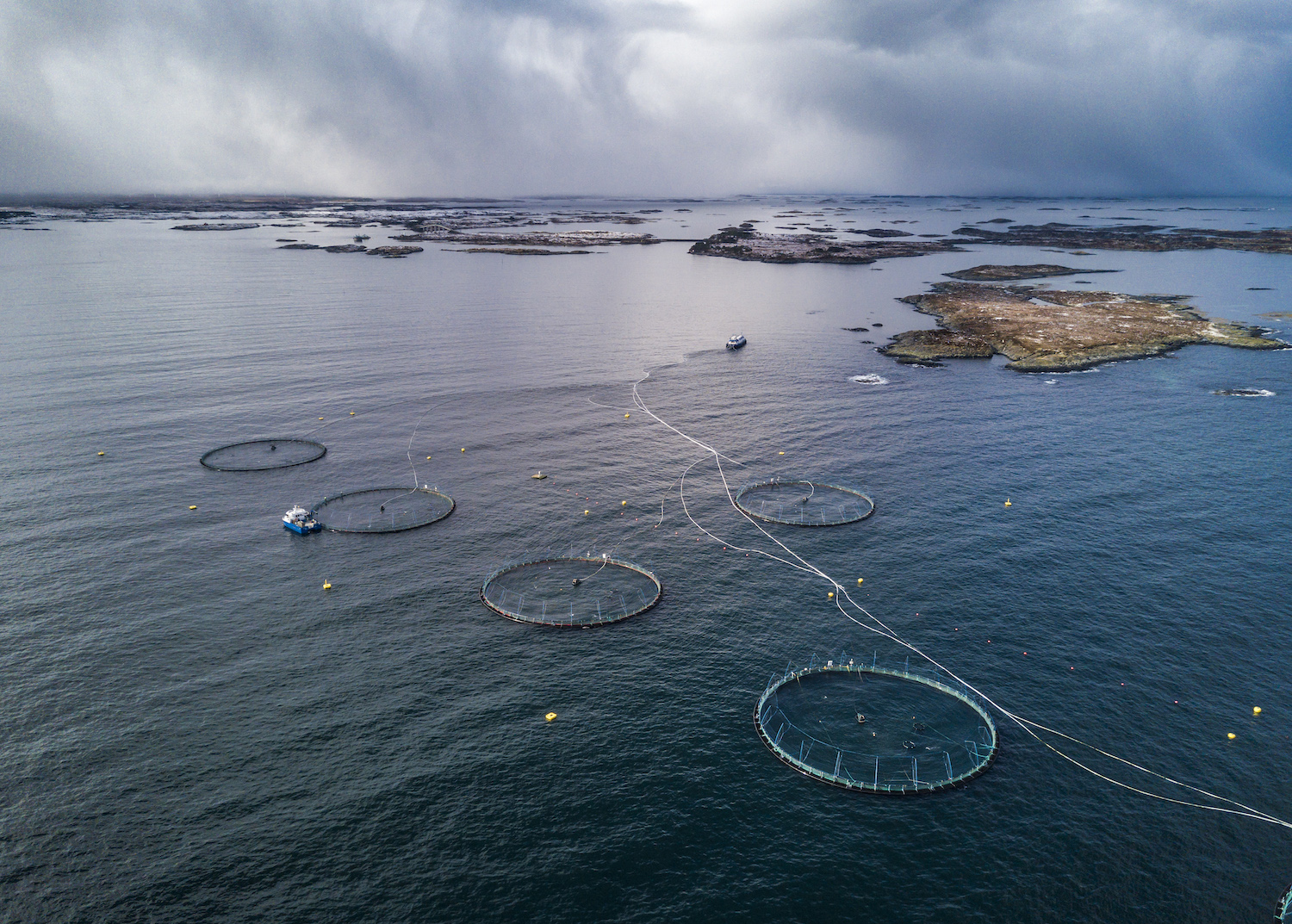
Jessica Fu
You might not know from looking around the grocery store that there’s an organics shortage. These days, it seems you can buy organic anything: avocados and apple sauce, toothpaste and tea. But the fact remains that only 1 percent of American farmland is certified organic, and that the vast majority of certified organic crops are imported from other countries, where standards aren’t necessarily as reliable and where supply is tough to guarantee. Some crops simply can’t be found at scale with the kind of consistency needed for the world’s large food companies. That’s a source of anxiety for the food industry as demand for organic continues to strengthen, and as legacy brands try to launch organic versions of their most famous products.
After all, there’s a reason you haven’t yet seen organic versions of Cheerios, Chex Mix, and Pillsbury Toaster Strudel. It’s not because General Mills, the parent company of those brands, thinks there’s no interest on the part of American eaters. Far from it—the company knows American appetites for organic products are growing faster than growers can switch. Instead, the issue is that General Mills can’t reliably find organic grains at a scale that benefits a food multinational of its size.
This month, the company announced a new initiative that would help it take matters into its own hands.
“The Gunsmoke project is an opportunity to use our scale to help convert large areas of acreage to organic as one of our tools to create a more stable supply chain. We also see it as a way to support our growing portfolio of organic businesses,” says Beth Robertson-Martin, organic sourcing lead at General Mills.
Midwestern BioAg has a lot of experience helping to transform agricultural operations at this scale. Founded in 1983, the soil-services company has over 1,000 organic and more than 3,000 conventional farm clients. It’s begun working with Gunsmoke to design a plan that focuses on nutrients and crop rotations to build soil fertility and reduce plant pests and diseases. While specifics on the crop rotation for Gunsmoke are not yet available, Michaels says, “The main crops on a farm like this will likely be some mixture of Hard Red Spring wheat (for Annie’s Pasta), Hard Red Winter wheat, dry yellow peas, corn, soybeans, sunflowers, and hay.”
This is not the first time a manufacturer has invested in ingredients. Similar, if smaller downstream investments in organic production are common. Organic Valley, for instance, has been nudging organic barley farming in dairying areas for years, and Kashi—with support from parent company Kellogg’s—has helped its suppliers offset the financial costs associated with organic transition. Other large companies, including General Mills, have been known to invest in pollinator hedgerows on supplier farms, providing a habitat for the bees who keep yields healthy.
Once converted, Gunsmoke will be among the largest organic row-crop farms in America. The scale suggests a sea change for organics. A household brand is holding hands with the land, showing the story of what it takes to get organic macaroni from field to box. The effort is not just logistical, but promotional—an opportunity to engage customers in discussion about farming practices. At the trade show Natural Products Expo West earlier this month, the Cascadian Farms and Annie’s Organics displays—both General Mills brands—focused on soil health.
The Know Your Farmer ethos has been upgraded to Know Your Sourcing, says Elizabeth M.G. Haucke, president of Plovgh, a business that pairs farms and markets in specialty grains, such as Kernza.
 Courtesy Annie's
Courtesy Annie's In the world of big consumer goods companies, the Know Your Farmer ethos has been upgraded to Know Your Sourcing
“This story is active in emerging brands like Patagonia, but in terms of the General Mills level of business, this is new,” says Haucke. She reads the news as a challenge to other brands to step up and assist in the creation of a supply of organic, food-grade grains. The question of whether a 30,000-acre organic farm can truly be sustainable will be asked, she says; nevertheless, the partnership is expanding the idea of what “organic” is, and can be. Haucke says the Gunsmoke project may prove to be influential, a large-scale initiative significant enough to sway other growers to make the switch.
Despite the rising market for organics, there are many reasons these crops are not catching up to demand. One barrier is the mandatory three-year transition period during which a crop cannot be certified, and can’t net the premium pricing. (Some have tried to address this issue by building the value of transitional crops in consumers’ eyes. In 2017, for instance, Kashi launched a “certified transitional” cereal in an attempt to create a premium market for growers in their conversion years.) But farmers can’t just swap out their cropping systems to organics because consumers cry for “clean” food. Conventional and organic farming play out on very different stages. Everything from field to factory, including seed varieties, disease and pest management, crop storage, and shipment is determined by farming style. This is why we still have miserably small amounts of organics grown in America: The agricultural compass is set to a true north of conventional farming. It’s not just the land that needs conversion, but crop knowledge, and selling platforms, and transportation—from elevators and trucking systems to rail cars.
“To bring people into organics we need mentors, people nearby who can come out to the field and answer questions,” Mesko says. Over the years, the organization has paired 281 mentors and mentees since 2008, and MOSES just wrote a grant to strengthen this program. In another program, OGRAIN with the University of Wisconsin, MOSES is helping develop grain farmer hubs, where one farmer is working with many others nearby in a network.
Normalizing organic farming within more farming communities is another benefit of General Mills’s plan. Clair Keene, area extension specialist in cropping systems with North Dakota State University Extension sees the potential to make organics more socially acceptable among producers. She works mostly with conventional growers, and notices a lot of farmers hesitant to transition.
After all, the conventional farming model works like a recipe on most any farm; create a blank slate for planting, apply X to seeds and Y to plants, and harvest. In organics, every farm is treated like its own ecosystem. But the Gunsmoke project is a reminder that even the very biggest farms can do it.
“The support industry for farmers—in terms of agronomists, inputs, elevators, and field specialists—is conventional, unless you are in one of the few hotspots for organics,” says Keene. In the Great Plains, the organic supply chain isn’t well developed, and until a network of certified organic elevators and trucking systems is developed, much of the organic premium can be lost to the expense of transportation.
Keene is also concerned that the remote ownership of a many large farms may not support the rural economy as much as several farms with local ownership. Thirty percent of American farmland is owned by non-operators who lease it out to farmers.
“Corporate management of a place can’t support a community as wholeheartedly as owner-operators do,” Keene says.
Though corporations may be willing to write contracts that support transitions and build rotations into their buying patterns, voting with your fork doesn’t work so well at the industrial level. Capitalism needs to install the many intermediate systems—agricultural know-how, seed varieties and technical assistance suited to organics, transportation and distribution channels—that create the crops and farm characteristics people want.










